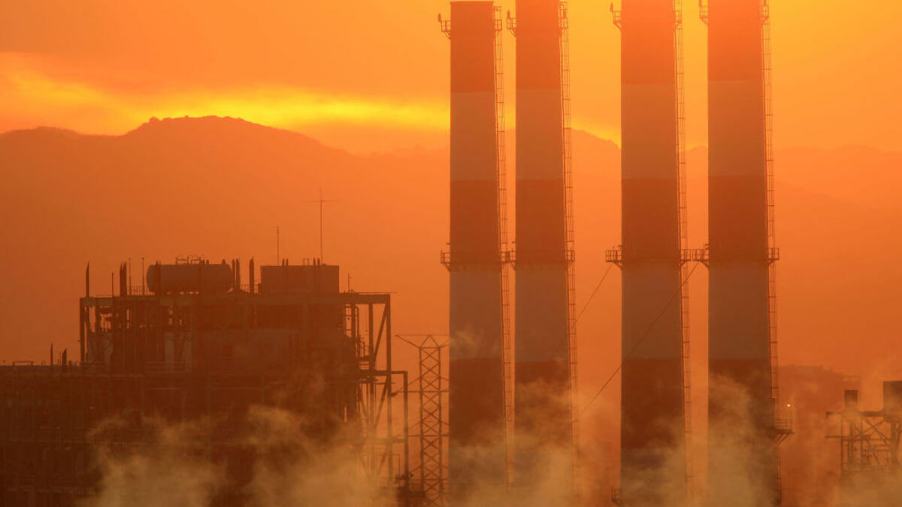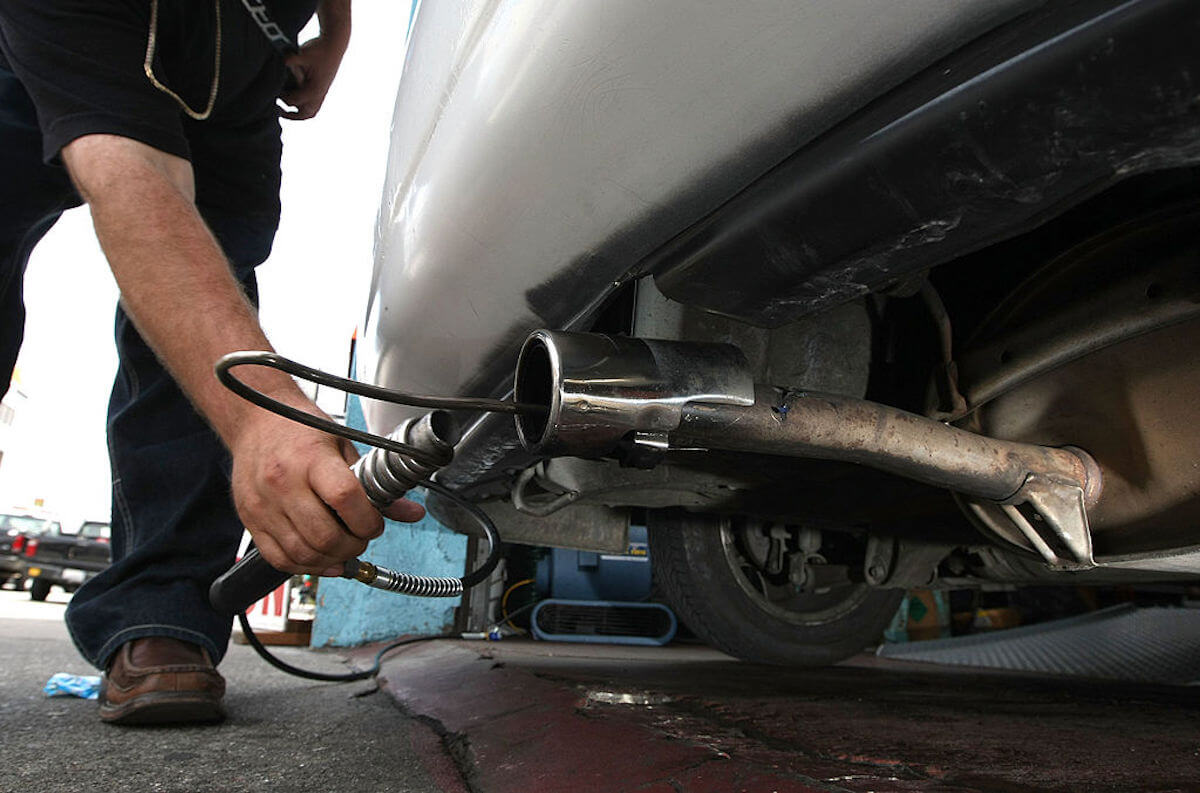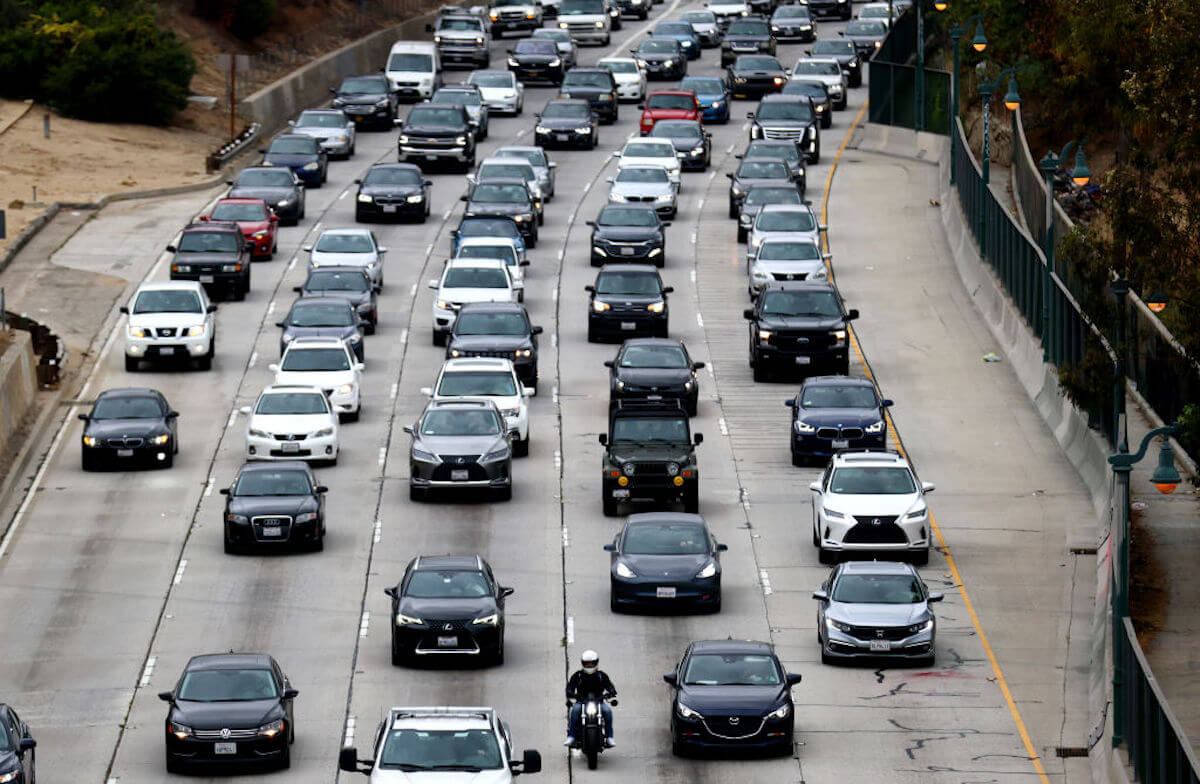
New EPA Ruling Will Make It Difficult to Buy Gas-Powered Vehicles in Only 7 Years
The Environmental Protection Agency is ready to enact major cuts to emissions from internal combustion engines tomorrow. Though this EPA ruling is meant to slow climate change, ramifications will create other problems. Based on what the EPA has telegraphed, the proposed changes could prompt automakers to produce more EVs than the market demands to hit the strict EPA emissions numbers.
Are there unintended issues with the EPA ruling?

That’s partially why the EPA is lowering carbon emissions from vehicles with internal combustion engines (ICE). But the unintended result is that automakers must produce more EVs to help lower their combined emissions starting in 2027. Estimates are that by 2030, over 50% of vehicles nationwide will be plug-in hybrids or EVs.
These changes are in line with the Biden administration’s goals for emissions. What President Biden has pushed back on is banning new gas-powered vehicles by 2035. There is concern that federal mandates will lead to more drastic moves like California’s ban on new ICE vehicles by 2035.
Can the new EPA ruling happen this quickly?
That concern also comes from the Alliance for Automotive Innovation. Most car manufacturers are members of this trade group. The question isn’t whether the changes can be done; it’s how fast they can be done. One of the main worries is as automakers dive further into technology to make ICE vehicles cleaner in the short term, they put less into zero-carbon technology.
But the EPA isn’t the only federal agency ready to issue stricter emissions mandates. The National Highway Traffic Safety Administration (NHTSA) is also set to propose new fuel economy numbers. So the walls are closing in on ICE vehicles across the country.
Car companies can ramp up EVs, but are car buyers ready?

As for California’s ICE ban, the Biden administration must approve any action regarding it. And the state has not submitted its proposal to the administration yet. But toward that end, Tesla has championed banning ICE vehicles in California by 2030. Of course, any EV maker would.
On the other hand, General Motors is shooting for 2035 to end gas-powered vehicle sales and manufacturing. Whether one or the other, the days of the gasoline-powered vehicle are ending. Granted, millions will still cruise the highways and byways for another 20 or 30 years.
But manufacturing them is winding down. When the end actually comes is anyone’s guess. And one more hurdle remains. Is the electric grid also gearing up for the EV reality? If it can’t keep up with the enormous demands all these EVs will add, the EPA’s and California’s bans might not work.



